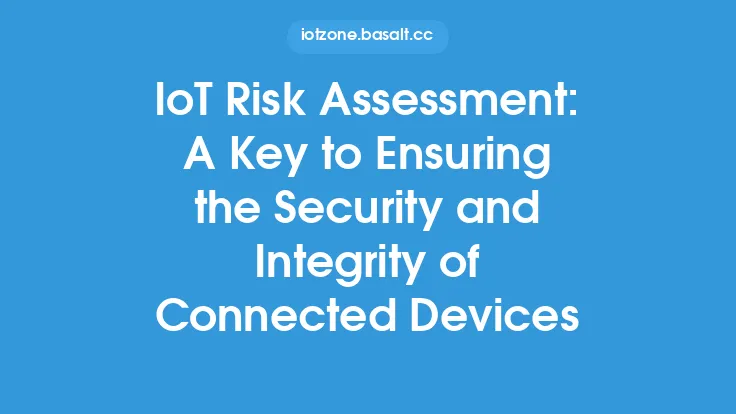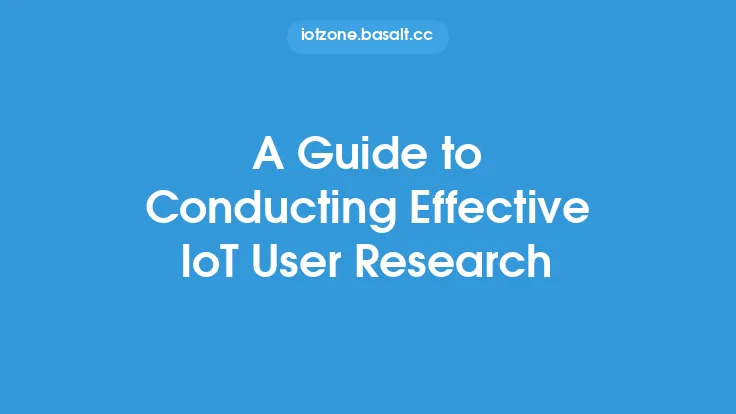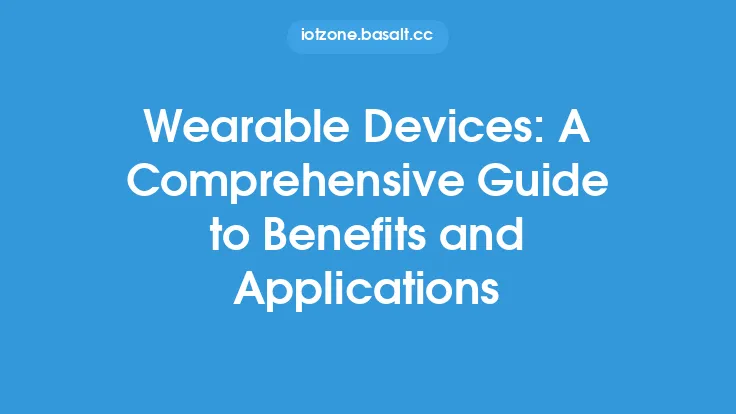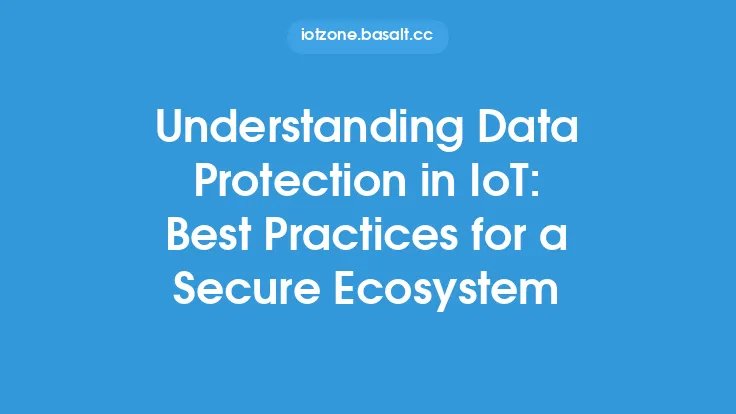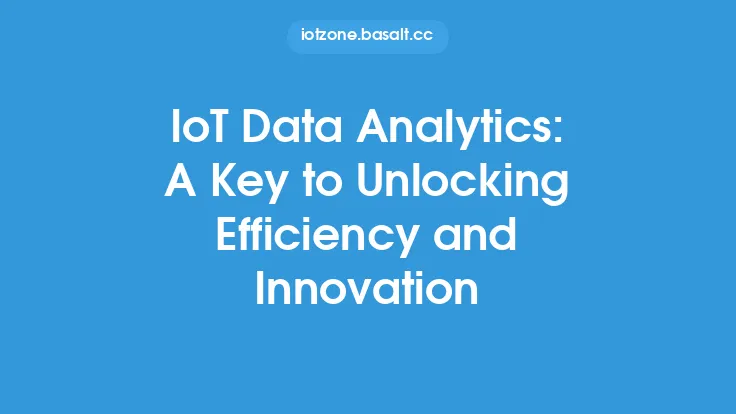The Internet of Things (IoT) has revolutionized the way we live and work, with an ever-increasing number of devices connected to the internet, generating vast amounts of data. However, this proliferation of IoT devices has also raised concerns about data integrity, as the accuracy and reliability of the data they produce are crucial for informed decision-making, efficient operations, and even safety. Ensuring data integrity in IoT is a multifaceted challenge that requires a comprehensive approach, involving various stakeholders, technologies, and strategies.
Introduction to Data Integrity in IoT
Data integrity in IoT refers to the accuracy, completeness, and consistency of the data generated by IoT devices. It involves ensuring that the data is not tampered with, altered, or corrupted during transmission, storage, or processing. Data integrity is critical in IoT applications, such as industrial automation, healthcare, and transportation, where decisions are made based on the data generated by sensors and devices. Any compromise in data integrity can have severe consequences, including equipment failure, accidents, or even loss of life.
Sources of Data Integrity Threats in IoT
There are several sources of data integrity threats in IoT, including:
- Device tampering: IoT devices can be tampered with, either physically or remotely, to alter the data they generate.
- Communication protocol vulnerabilities: IoT devices communicate with each other and with the cloud using various protocols, such as MQTT, CoAP, and HTTP. These protocols can be vulnerable to attacks, such as eavesdropping, man-in-the-middle, and replay attacks.
- Data storage vulnerabilities: IoT data is often stored in cloud-based databases or on-premise storage systems, which can be vulnerable to cyber-attacks, such as SQL injection and cross-site scripting (XSS).
- Software bugs and glitches: IoT devices run on software that can be buggy or contain glitches, leading to data corruption or inaccuracies.
- Environmental factors: IoT devices can be affected by environmental factors, such as temperature, humidity, and electromagnetic interference, which can impact data integrity.
Strategies for Ensuring Data Integrity in IoT
To ensure data integrity in IoT, several strategies can be employed, including:
- Device authentication and authorization: IoT devices should be authenticated and authorized to ensure that only authorized devices can generate and transmit data.
- Data encryption: IoT data should be encrypted, both in transit and at rest, to prevent eavesdropping and tampering.
- Secure communication protocols: Secure communication protocols, such as TLS and DTLS, should be used to protect IoT data in transit.
- Data validation and verification: IoT data should be validated and verified to ensure that it is accurate and consistent.
- Regular software updates and patches: IoT devices should receive regular software updates and patches to fix bugs and vulnerabilities.
- Redundancy and backup systems: Redundancy and backup systems should be implemented to ensure that IoT data is not lost in case of device failure or data corruption.
Technical Measures for Ensuring Data Integrity in IoT
Several technical measures can be employed to ensure data integrity in IoT, including:
- Checksums and digital signatures: Checksums and digital signatures can be used to detect data tampering and ensure data authenticity.
- Hash functions: Hash functions can be used to detect data corruption and ensure data integrity.
- Public key infrastructure (PKI): PKI can be used to authenticate and authorize IoT devices and ensure secure communication.
- Intrusion detection and prevention systems: Intrusion detection and prevention systems can be used to detect and prevent cyber-attacks on IoT devices and networks.
- Secure boot mechanisms: Secure boot mechanisms can be used to ensure that IoT devices boot up with authorized software and firmware.
Best Practices for Ensuring Data Integrity in IoT
To ensure data integrity in IoT, several best practices can be followed, including:
- Conducting regular security audits and risk assessments: Regular security audits and risk assessments should be conducted to identify vulnerabilities and threats to IoT data integrity.
- Implementing secure by design principles: Secure by design principles should be implemented to ensure that IoT devices and systems are designed with security and data integrity in mind.
- Providing training and awareness programs: Training and awareness programs should be provided to IoT developers, operators, and users to ensure that they understand the importance of data integrity and how to ensure it.
- Establishing incident response plans: Incident response plans should be established to respond to data integrity incidents and minimize their impact.
- Continuously monitoring and evaluating IoT systems: IoT systems should be continuously monitored and evaluated to ensure that they are operating securely and that data integrity is maintained.
Conclusion
Ensuring data integrity in IoT is a critical challenge that requires a comprehensive approach, involving various stakeholders, technologies, and strategies. By understanding the sources of data integrity threats, employing strategies and technical measures, and following best practices, IoT developers, operators, and users can ensure that IoT data is accurate, reliable, and trustworthy. As the IoT continues to grow and evolve, ensuring data integrity will become increasingly important, and it is essential that we prioritize it to reap the benefits of IoT while minimizing its risks.
